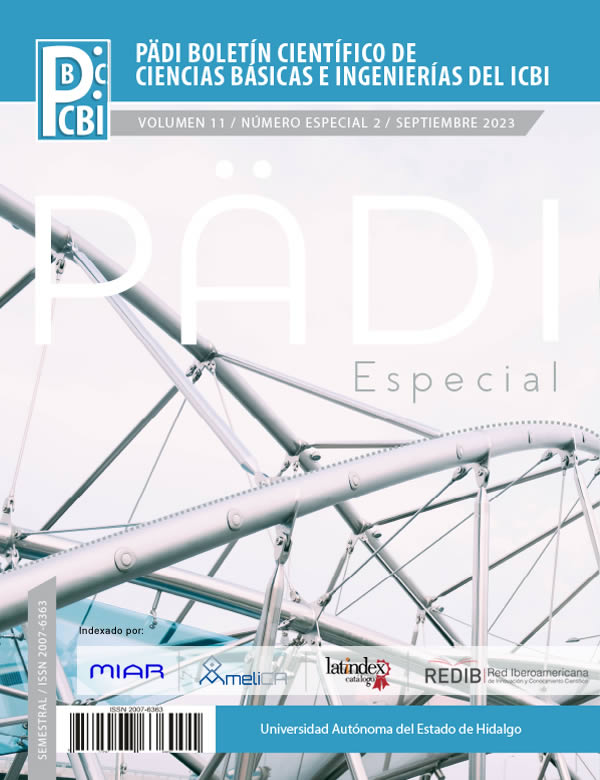Discontinuous boundary control for a network of autonomous vehicles based on a wave equation
Abstract
Multiagent systems consist of multiple robots or autonomous vehicles that interact with each other and with their environment. One of the challenges in this field is developing models that can capture the complexity of the network and enable its control and coordination. In this paper, we present a novel approach to controlling a network of vehicles based on partial differential equations. Our method relies on the wave equation, which is a hyperbolic partial differential equation. Specifically, we aim to stabilize and coordinate the follower vehicles using the boundary vehicle as leader vehicle. To evaluate the stability of our approach, we use a strict Lyapunov functional. Our simulation results confirm the effectiveness of the closed-loop system.
Downloads
References
Aguilar, L., Orlov, Y., y Pisano, A. (2021). Leader-follower synchronization and ISS analysis for a network of boundary-controlled wave PDEs. IEEE Control Systems Letters, 5:683–688.
Alonso-Mora, J., Montijano, E., Nageli, T., Hilliges, O., Schwager, M., y Rus, D. (2019). Distributed multi-robot formation control in dynamic environments. Autonomous Robots, 43:1079–1100.
Butcher, J. (1996). A history of Runge-Kutta methods. Applied Numerical Mathematics, 20:247–260. Christofides, P. (2000). Nonlinear and Robust Control of PDE Systems: Methods and Applications to Transport-Reaction Processes. Birkhauser, New York.
Dong, X., Yu, B., Shi, Z., y Zhong, Y. (2015). Time-varying formation control for unmanned aerial vehicles: Theories and applications. IEEE Transactions on Control Systems Technology, 23(1):340–438.
Gutierrez-Oribio, D., Orlov, Y., Stefanou, I., y Plestan, F. (2022). Advances in sliding mode control of earthquakes via boundary tracking of wave and diffusion PDEs. En Proc. of 16th International Workshop on Variable Structure Systems, pp. 231–236, Rio de Janeiro, Brazil.
Krstic, M. y Smyshlyaev, A. (2008). Boundary Control of PDEs. Society for Industrial and Applied Mathematics, Philadelphia, PA.
Li, P., Abbasi, A., El-Zahar, E. R., Farooq, W., Hussain, Z., Khan, S. U., Khan, M. I., Farooq, S., Malik, M., yWang, F. (2022). Hall effects and viscous dissipation applications in peristaltic transport of Jeffrey nanofluid due to wave frame. Colloid and Interface Science Communications, 47:100593.
Lienard, A. (1928). Etude des oscillations entretenues. Revue g´en´erale de l Electricit´e, 23:910–912, 946–654. Peng, X.-J. y He, Y. (2022). Consensus of multi-agent systems with state and input delays via non-fragile protocol. International Journal of Systems Science, 53:2584–2596.
Raza, H. e Ioannou, P. (1996). Vehicle following control design for automated highway systems. IEEE Control Systems, 16:43–60.
Teixeira, M. A. S., Neves-Jr, F., Koubaa, A., Ramos De Arruda, L. V., y Schneider De Oliveira, A. (2020). A quadral-fuzzy control approach to flight formation by a fleet of unmanned aerial vehicles. IEEE Access, 8:64366–64381.
Zhu, Y. y Fridman, E. (2022). Extremum seeking via a time-delay approach to averaging. Automatica, 135:109965.
Copyright (c) 2023 Luis Tupak Aguilar-Bustos

This work is licensed under a Creative Commons Attribution-NonCommercial-NoDerivatives 4.0 International License.













